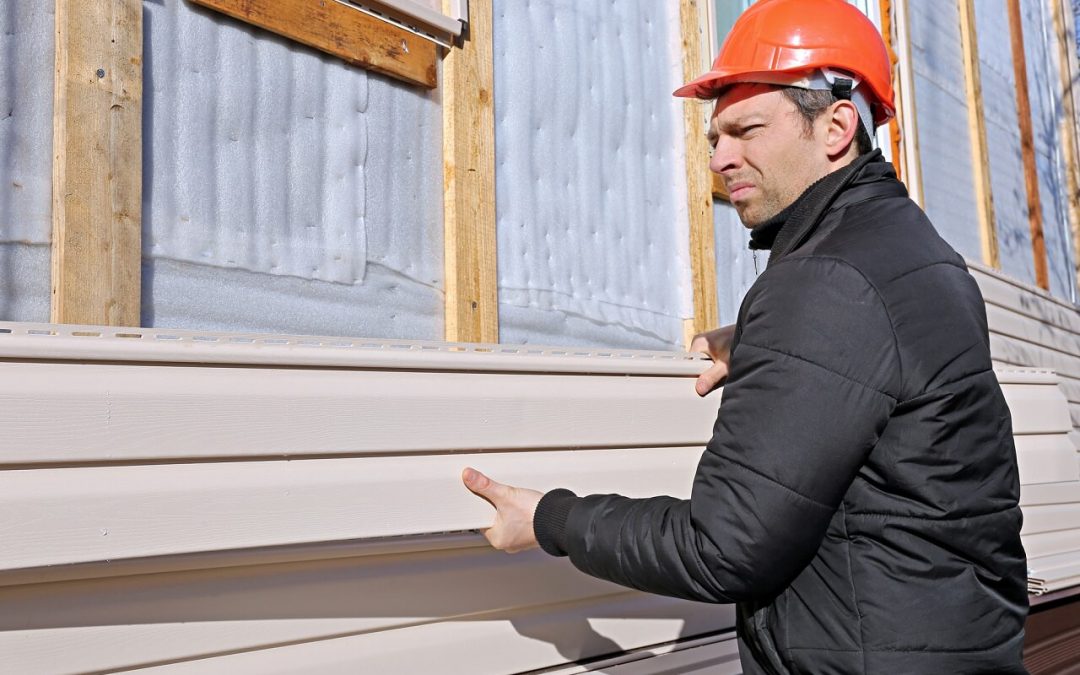The Pros and Cons of Different Types of Home Siding Materials
The siding on your home does more than just keep your house attractive. It plays a significant role by protecting the home from the elements, improving its energy efficiency, and keeping the interior safe from damage. Every homeowner should know their home siding materials because it puts you in a better position to maintain them and plan for replacement when the time comes.
Criteria for Selecting Home Siding Materials
Your home siding material should reflect the style of your home while protecting the structure. The main factors to consider in your selection are longevity, ease of installation, appearance, and cost. The climate where you live is also a consideration because it affects the longevity of your home’s siding.
Common Types of Home Siding Materials
Vinyl Siding
Vinyl is the most commonly used type of siding in the United States. This low-maintenance material is created from heated polyvinyl chloride (PVC) with pigments added at the blending stages. Vinyl siding is available in different types: shake, board and batten, log, dutch lap, solid core, and seamless style.
Pros
- It is available in almost any color.
- This siding is durable.
- It is resistant to termites and rot.
- It withstands extreme climates and temperatures.
- Vinyl is an affordable option.
Cons
- The colors fade with time.
- Extreme weather can cause cracks and dents.
Metal Siding
Metal siding materials are available in corrugated, steel, and lap, with steel being the material of choice for many people. The fabrication process involves melting raw materials and cooling the molten product on a mold. The metal is rolled into the correct thickness then shipped in coiled rolls or flat sheets.
Pros
- Metal siding is ideal for termite- and pest-prone locations.
- It is recyclable.
- The paint finish can last for 50 years.
- The sheets will not rot over time.
Cons
- This type of siding can be vulnerable to rust.
- It is not compatible with coastal conditions like high humidity and salt sprays.
- Metal is more costly than vinyl siding.
Wood Siding Materials
Wood siding is available in engineered, board and batten, shingles, clapboard, hardboard, and plywood types. Traditionally, wooden siding is created by choosing lumber for thickness and uniformity then installing each board over an existing frame. Most choose to mount wood siding horizontally, but you can also install it vertically for a different look.
Pros
- It offers quick installation, so the project is completed faster.
- Wooden siding is available almost everywhere.
- Sections of the siding can be replaced without uncovering the entire wall.
- Engineered wood is less costly, versatile, and does not attract termites like actual wood.
Cons
- Real wood is susceptible to water damage and termite infestation.
- The wood industry is prone to price fluctuations.
- It is not fire-resistant.
Picking the best siding material is a big decision that requires careful consideration. You also want your home to stand out, so do your research before settling on a specific material.
Kelleher Home Inspections offers inspection services in the Greater Las Vegas area. Contact us to request an appointment for a pre-listing home inspection.

